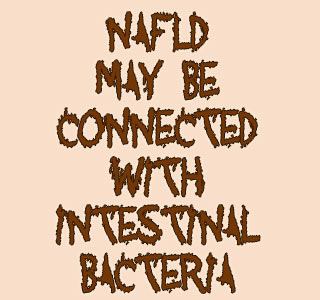
Apparently earlier analysis on the topic seems to have hinted that the intestine bacteria may be very crucial in non-alcoholic fatty liver disease (NAFLD), which is believed to be the hepatic component of the metabolic syndrome.
It was also suggested that the NAFLD may turn graver by turning into non-alcoholic steatohepatitis. Supposedly some believe that the introduction of the gut bacteria to the liver may trigger this advancement.
Therefore to analyze this theory, a team of experts were said to have evaluated the gut permeability of around 35 NAFLD patients. This evaluation was later believed to have been tallied with the results obtained from about 24 healthy subjects and 27 patients with celiac disease. Patients with celiac disease are seemingly quite vulnerable to this condition. The bacterial growth in the small intestine of all the patients was notably gauged through glucose breath testing.
These experts have elucidated that, “The main findings of this study are that both intestinal permeability and the prevalence of small intestinal bacterial overgrowth are increased in patients with NAFLD and correlate with the severity of steatosis. Disruption of tight junction integrity may explain the increased permeability in these patients.â€
These experts evidently presume that the small intestinal bacterial overgrowth along with gut permeability may possibly lead to steatosis. More so this hypothesis may even be accompanied with the results obtained from animal studies.
These experts have concluded that, “In conclusion we have demonstrated that NAFLD is associated with increased intestinal permeability and small intestinal bacterial overgrowth and that these factors are associated with the severity of hepatic steatosis.â€
A more detailed analysis is seemingly required to determine this link and also develop novel therapies for treating NAFLD which may mainly focus on the gut bacteria.
This study was believed to have been published in the Hepatology issue by John Wiley & Sons on the behalf of the American Association for the Study of Liver Diseases. These findings are also present online at Wiley Interscience.
